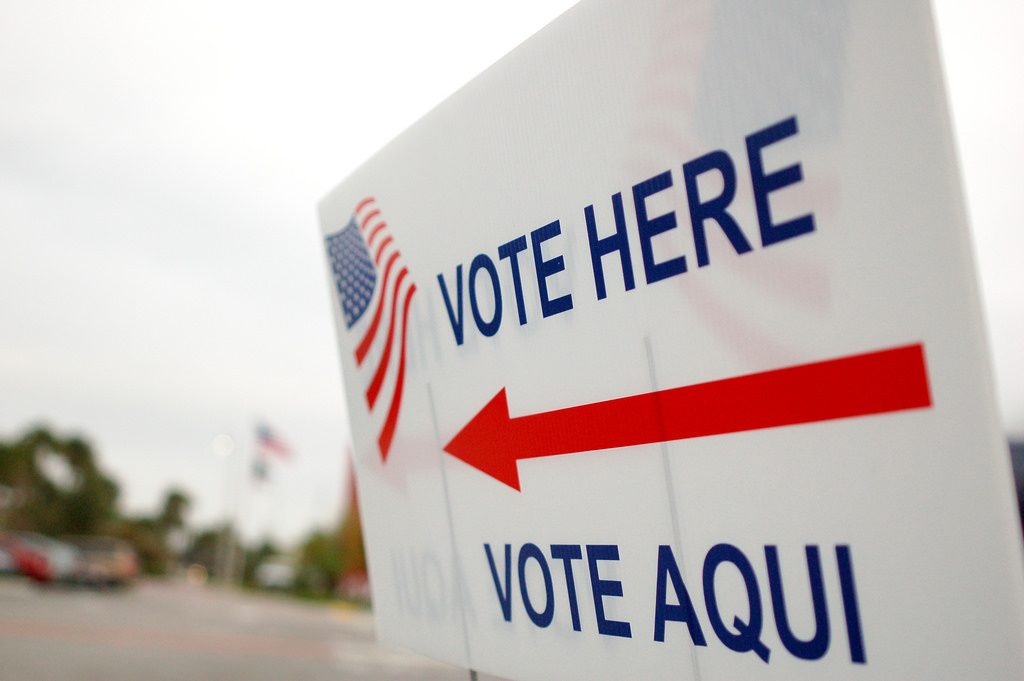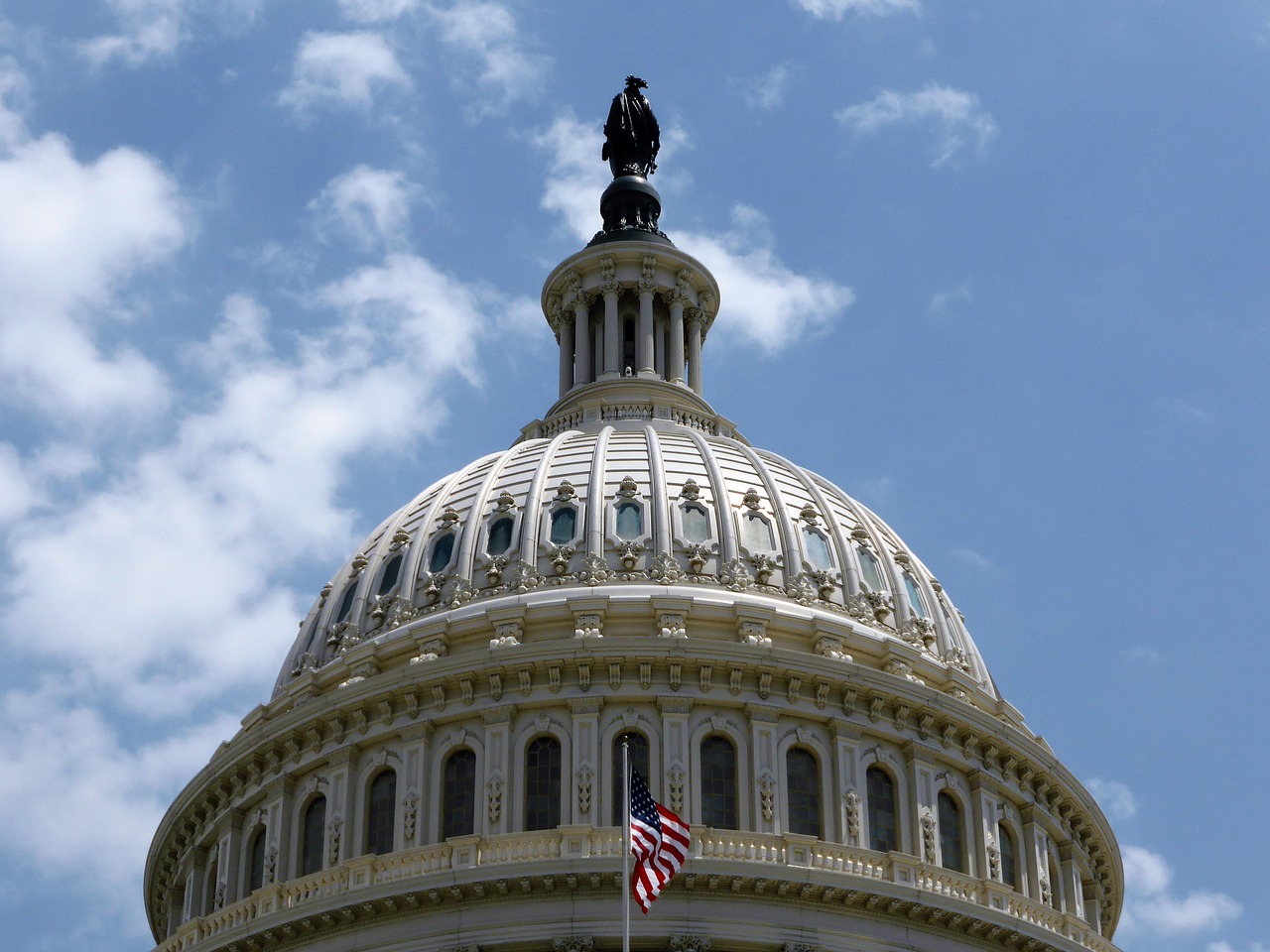Analysis: Midterm Elections Face an Unfair Electoral Process
The midterm elections this fall will afford many people the opportunity to make their voices heard and cast their ballots on issues important to them. Midterm elections are notorious for being a referendum on the party in control of Congress.
In 2006,the Democratic party took control of the House and Senate, and in 2010 the Republicans took back the House. In 2018 the country is dealing with hyper-partisanship, voter suppression laws, and gerrymandered districts like never before.
Republicans may be spared dramatic losses this November because of these predatory and intimidating practices. Even as public support for making voting easier rises, people may still be affected by unfair and unjust political tools utilized by both sides.
Merriam-Webster defines gerrymandering as an effort to divide territory into election districts to give one political party an electoral majority in a large number of districts while concentrating the voting strength of the opposition in as few districts as possible. Gerrymandering began in 1812, when the governor of Massachusetts, Elbridge Gerry, redrew the state senatorial districts. The districts were so one-sided and weirdly drawn that one resembled a salamander, thus gerrymandering was born.
Gerrymandering is not a partisan issue as both political parties have used the practice to their advantage for more than 200 years. Every 10 years the U.S. conducts a census that states use to redraw district maps. States have to redraw district maps to have accurate representation with regards to population.
Comedian John Oliver noted on his HBO show “Last Week Tonight” that in 37 states, the legislative maps are drawn by the state legislators themselves representing the party in power. Gerrymandering results in representatives choosing their voters.
Voter suppression laws are techniques used by the party in control to make it harder for certain groups and individuals to vote. These techniques include shortening or ending early voting, ending same-day registration, closing registration and polling stations, and photo ID laws.
Voter suppression laws have been on the rise in America since the Shelby County v. Holder Supreme Court case greatly weakened the Voting Rights Act. The Voting Rights Act passed in 1965 during the Civil Rights movement forced states in the South to have to get federal approval to change their state election laws. The Supreme Court decision allowed these Southern states to go back to similar practices they used in the 1960s before the Act was passed.
Many state legislatures throughout the South are actively trying to make it harder for some people to vote, while most citizens want to make it easier for everyone. According to the Pew Research Center, nearly 6 in 10 people say that everything possible should be done to make it easier for every citizen to vote.
Voter suppression laws are targeted toward low-income and minority groups who themselves are less likely to possess the identification needed. The laws can be hard to follow and cause some people to feel intimidated and disillusioned by the voting process.
Confusion often reigns in these situations. Pew notes that about 37 percent of voters living in states without photo ID requirements incorrectly believed that they needed a photo ID to vote. About 20 percent of voters in states with photo ID requirements did not know they needed a photo ID to vote.
The combination of these repressive techniques can have a serious impact on national and state elections. Republican-backed groups poured more than $30 million into state legislative races before the 2012 election. Republicans were smart enough to think ahead and take control of state electoral maps. Nationally, Democrats won more than one million more votes for congressional candidates, but Republicans sent 33 more members to Congress. Voter suppression laws and Gerrymandering played a big role in the Republican successes that term.
Relief may be on the way. At the beginning of 2018, the State Supreme Court of Pennsylvania ruled that the GOP-devised electoral map was unconstitutional and needed to be redrawn. The court’s ruling was challenged by Republicans within the state, but the Supreme Court of the United States allowed the state decision to stand.
The new map will be used this November in what is hopefully the start of a national trend to end gerrymandering and make elections fairer and easier for all Americans. Ohio’s Republican Governor John Kasich and that state’s legislature have put their support behind bipartisan efforts to end gerrymandering.
Gill v. Whitford is a challenge to the Wisconsin electoral map drawn in 2010. In 2012 Republicans won only 48.6 percent of the statewide vote but won 60 out of 99 seats in the State Assembly. In 2014 and 2016 they received 52 percent of the vote and won 63 and 64 seats, respectively.
Gerrymandering and voter suppression are issues in a time of hyper-partisanship that can create entrenched political majorities. We need to take the power to redraw districts out of politician’s hands and give the responsibility to nonpartisan committees to ensure fair election processes. People need to become better informed about laws in their states and how to best mitigate the effects of these practices. We need to restore the Voting Rights Act to its full power and make sure people aren’t intimated, discouraged, and unmotivated to vote.




